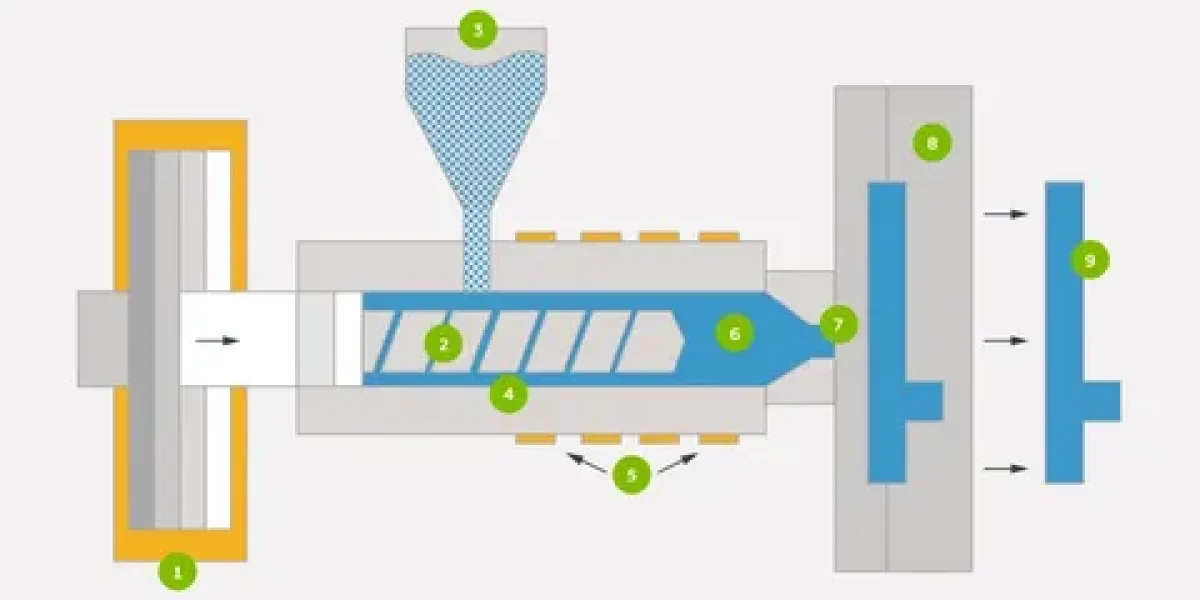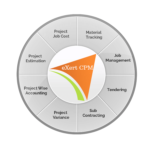In the fast-evolving world of manufacturing, companies are constantly looking for ways to stay agile and responsive to changing demands. One solution that is increasingly gaining attention is Low-Volume Injection Molding. This innovative process allows manufacturers to produce smaller quantities of plastic parts with the same precision and quality as high-volume runs, offering a cost-effective and efficient alternative for startups, niche product lines, and prototyping needs.
Low-Volume Injection Molding offers manufacturers the ability to adapt quickly, test new product designs, and enter markets faster without the burden of investing heavily in large-scale production tools. Its growing popularity stems from its flexibility, short lead times, and the reduced risk associated with smaller production runs. As a result, businesses can remain competitive and innovative while minimizing financial risk.
Understanding the Basics of Low-Volume Injection Molding
Low-Volume Injection Molding refers to the production of plastic parts in quantities typically ranging from a few hundred to tens of thousands of units. Unlike traditional high-volume molding that demands expensive tooling and long production cycles, low-volume molding is ideal for small-batch production, prototyping, and bridge tooling. This method is especially valuable for companies developing new products or looking to conduct market tests before committing to mass production.
The core principles of Low-Volume Injection Molding remain consistent with standard injection molding, involving the use of molds, heated plastic resins, and precision-machined parts. However, the key difference lies in the tooling material and speed of production. Aluminum molds, for example, are often used instead of steel to reduce tooling costs and lead times. The result is a more flexible and cost-effective approach to producing high-quality parts without sacrificing performance or durability.
Key Advantages of Low-Volume Injection Molding
One of the primary benefits of Low-Volume Injection Molding is its ability to offer unmatched flexibility. Whether you’re a startup looking to test a product or an established manufacturer developing multiple product variations, low-volume production lets you adjust and refine designs quickly. This flexibility is crucial in today’s fast-paced market where customer demands and technological trends are in constant flux.
Additionally, the cost savings associated with lower tooling and material investments cannot be overstated. Traditional injection molding often requires significant upfront costs for steel molds and setup, making it financially impractical for smaller production runs. In contrast, Low-Volume Injection Molding minimizes these expenses while maintaining the same level of precision and repeatability. This makes it an ideal solution for projects with lower production volumes or tight budgets.
Applications Across Diverse Industries
Low-Volume Injection Molding is not limited to one specific industry; its versatility allows it to be utilized across a wide range of sectors. In the medical device industry, for example, it is used for producing customized components such as surgical instruments or diagnostic devices in limited quantities. This method enables rapid design changes and testing without the need for high-volume investments, which is vital in regulated industries that require iterative development and validation.
The automotive and aerospace sectors also benefit greatly from low-volume molding. As these industries increasingly move toward customization and short-run specialty parts, the ability to manufacture lightweight, durable, and intricate components quickly becomes a competitive advantage. By leveraging Low-Volume Injection Molding, companies can produce functional prototypes, replacement parts, and performance-enhancing upgrades with speed and efficiency, keeping up with the growing demand for innovation and specialization.
Enhancing Product Development Cycles
Rapid prototyping is a critical phase in the product development lifecycle, and Low-Volume Injection Molding excels in this domain. It allows designers and engineers to iterate quickly, producing physical models for evaluation, testing, and validation. Unlike 3D printing, which may have limitations in materials and structural integrity, injection-molded prototypes offer end-use quality, ensuring that the final product performs as expected in real-world conditions.
Moreover, using Low-Volume Injection Molding as a bridge between prototyping and full-scale production helps reduce time to market. Manufacturers can use this method to conduct limited market trials, gather feedback, and refine their products without committing to full-scale manufacturing. This approach minimizes risks and helps companies make informed decisions, ultimately resulting in better-designed products and more successful launches.
Future Trends and Considerations
As demand for customized and short-run products continues to rise, the role of Low-Volume Injection Molding in modern manufacturing is expected to grow. Technological advancements in mold-making, materials, and automation are making the process even more efficient and accessible. For instance, the use of digital design tools and CNC machining allows for faster tooling production, while improved thermoplastics offer enhanced durability and functionality for low-volume applications.
However, companies considering Low-Volume Injection Molding must also weigh factors such as the expected lifecycle of the mold, the type of resin to be used, and post-processing needs. Collaborating with an experienced molding partner is essential to ensure the best results. When implemented correctly, this solution provides the perfect balance of speed, cost-efficiency, and flexibility—making it an indispensable tool in the modern manufacturer’s toolkit.
Conclusion
Low-Volume Injection Molding offers a strategic advantage for manufacturers seeking to stay agile, cost-effective, and responsive to market demands. From rapid prototyping to niche product runs, the benefits of flexibility, speed, and reduced financial risk make it an ideal solution for companies of all sizes. As the manufacturing landscape continues to evolve, embracing low-volume solutions will be key to staying ahead of the curve.
Whether you’re launching a new product, testing market viability, or looking for a more affordable way to produce high-quality parts, Low-Volume Injection Molding empowers you to innovate faster and smarter. With its growing relevance across industries and its role in enhancing product development cycles, it’s clear that this approach is shaping the future of modern manufacturing.












